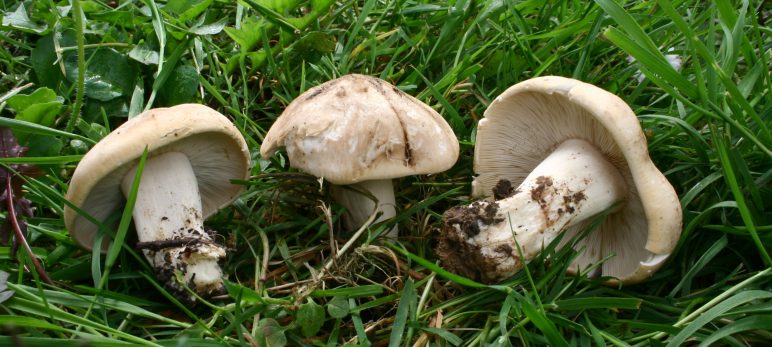The St George’s Mushroom
Calocybe gambosa is a delicious edible wild mushroom that is flourishing in many parts of the world, namely Europe, North America and even Japan. It is thriving during spring, usually in April around St George’s Day, and because of that has the common name St George’s mushroom. Actually, Calocybe gamposa’s fruiting depends on the weather conditions, so it might appear from late March, in the warmer climate of Southern Europe, until late June, in cooler climates, just likes that of Scandinavia.
Calocybe gambosa does not require rich woodland or a specific kind of tree to grow. Sometimes it can be found in deciduous forests, while the ideal environment for its thriving are the grasslands, nearby lakes and rivers, as in these areas moisture is very high. If during your forages in grasslands, you had found many mushrooms of that kind, growing in rings or in order, be sure that in the same area they may be flourishing again.
In any case you must be very careful when searching for Calocybe gambosa, since it can be easily confused with the toxic Entoloma sinuatum. So, if you are not 100% sure that the mushrooms you gathered are of the genus Calocybe gambosa, do not consume them. Enjoy mushrooms hunting, but always have in mind that many mushrooms are not for eating, they are only for photo shooting.
Check out the *NEW* Mushring Probability Model (MPM) forecast maps for wild mushrooms fruiting



